Leather craftsmanship plays an important role in creating long-lasting and durable products. Leather sewing is of great importance in terms of both aesthetics and functionality. Sewing with the right techniques and materials increases the durability of leather products and gives them a professional look. So, how is leather sewing done? In this guide, you can find answers to questions such as the materials needed for leather sewing, sewing techniques and what to look for.
How To?
Sewing leather is a specialized process that is usually done by hand. Unlike other fabrics, leather is a thick and durable material, so the right techniques and tools must be used.
1. Preparation of Ingredients
Before you start sewing leather, it is necessary to prepare the right tools and materials.
- Skin Needle: Specially produced sharp needles for leather are used. These needles easily pierce thick skin.
- Waxed Thread: Waxed thread is preferred for leather sewing because these threads pass easily during sewing and are durable thanks to their slippery structure.
- Sewing Forceps or Vice: Forceps are used to secure the leather and prevent the material from slipping during sewing.
- Leather Piercing Tools (Pricker or Stitching Punch): These tools are used to create holes and the stitching line is prepared.
- Hammer: A hammer can be used lightly to smooth out the stitch holes after drilling.
2. Sewing Techniques
There are several basic techniques used when sewing leather. Here are the two most common methods:
a) Saddle Stitch
This technique is the most popular sewing method in leatherworking. This method is done using two needles with both hands and is known for its durability.
- How to do it? First, holes are made along the determined sewing line on the leather. The thread is attached to two needles and stitches are made from both sides, with one needle passing from the left and the other needle from the right. In this way, the thread passes through each hole twice and the strength is increased.
- Advantage: Provides an even and symmetrical appearance. Very durable.
- Disadvantage: Takes longer than other methods.
b) Running Stitch (Straight Stitch)
This is one of the simplest sewing methods. This sewing is done by passing a single thread through the leather, which provides an advantage in terms of speed.
- How to do it? The needle is advanced in one direction through the holes opened in the skin. The thread passes through each hole once and continues forward sequentially.
- Advantage: It is fast and practical.
- Disadvantage: Not as strong as saddle stitch.
3. Sewing Process
- Make the Holes: Determine the line you will be sewing and make holes at equal intervals along this line using a leather piercing tool.
- Threading: Thread the needle from both ends. If you are doing saddle stitching, start stitching from both sides.
- Start Stitching: Start stitching by inserting the needle through the holes. Insert both needles through each hole in both directions (for Saddle Stitch).
- Completing the Stitch: After passing the thread through all the holes, secure the end of the thread with a strong knot and cut off the excess thread.
What Should Be Considered?
There are some critical points to consider when sewing on leather:
1. Type of Leather
The quality and type of leather used is of great importance for the success of the stitching. Thick and high-quality leather is more suitable for sewing techniques, while thin and delicate leathers may tear during sewing.
2. Choosing Needle and Thread
Needles and waxed threads specifically designed for leather should be used. Choosing the wrong thread or needle can make sewing difficult or leave marks on the leather.
3. Hole Spacing
The distance between the holes is important for the neat appearance and strength of the stitching. The distance between the holes should be equal and not too tight or too loose.
4. Leather Fixation
To prevent the leather from slipping during sewing, the material must be secured using forceps or a vice. Unsecured leather can cause the stitching to fail.
Which Skins Can Be Stitched? Which Skins Should Not Be Stitched?
- Leathers that can be sewn: Thick and durable genuine leather, quality artificial leather, suede leather.
- Leathers That Should Not Be Sewn: Leathers that are too thin, flexible or of low quality may tear or deform during sewing.
Advantages and Disadvantages of Stitching in Leather
Advantages:
- Durability: Hand stitching is very strong and long-lasting, especially when done with techniques such as saddle stitch.
- Aesthetic Appearance: Hand stitching on leather products provides an aesthetic and professional appearance.
- Control: When sewing by hand, you have control over every step and the risk of making mistakes is reduced.
Disadvantages:
- Time Consuming: Hand stitching is a time consuming process. It is not as fast as automatic machines.
- Requires High Effort: Sewing can be physically challenging, especially on thick leather.
- Equipment Required: Leather stitching requires special tools and materials. This can increase the cost.
Frequently Asked Questions
1. Is it difficult to sew on leather?
Leather sewing is an easy process to learn when you use the right tools and techniques, but it's important to be patient and practice in the beginning.
2. Which thread is the most durable for sewing leather?
Waxed thread is the most durable and preferred type of thread for leather sewing. It is both easy to pass through and long-lasting thanks to its slippery structure.
3. How should I be careful when piercing skin?
You should be careful to open the holes at equal intervals and not to apply too much force during the drilling process. Otherwise, the leather may be damaged.
4. What should I do if the leather slips while sewing?
Secure the material firmly using leather clamping pliers or a vice. This will prevent slipping and mistakes.
Before You Leave
Sewing leather is a process that requires careful and meticulous workmanship, but is also extremely rewarding. By using the right techniques and materials, you can give your leather products a long-lasting and professional look. The stitches you will obtain with durable techniques such as saddle stitch give excellent results both functionally and aesthetically. By following this guide before you start sewing, you can get the best results!
Remember: Success in leather sewing comes with patience and the right materials. When you are careful at every stage and follow the steps, it will be possible to reach a professional level in leather work.
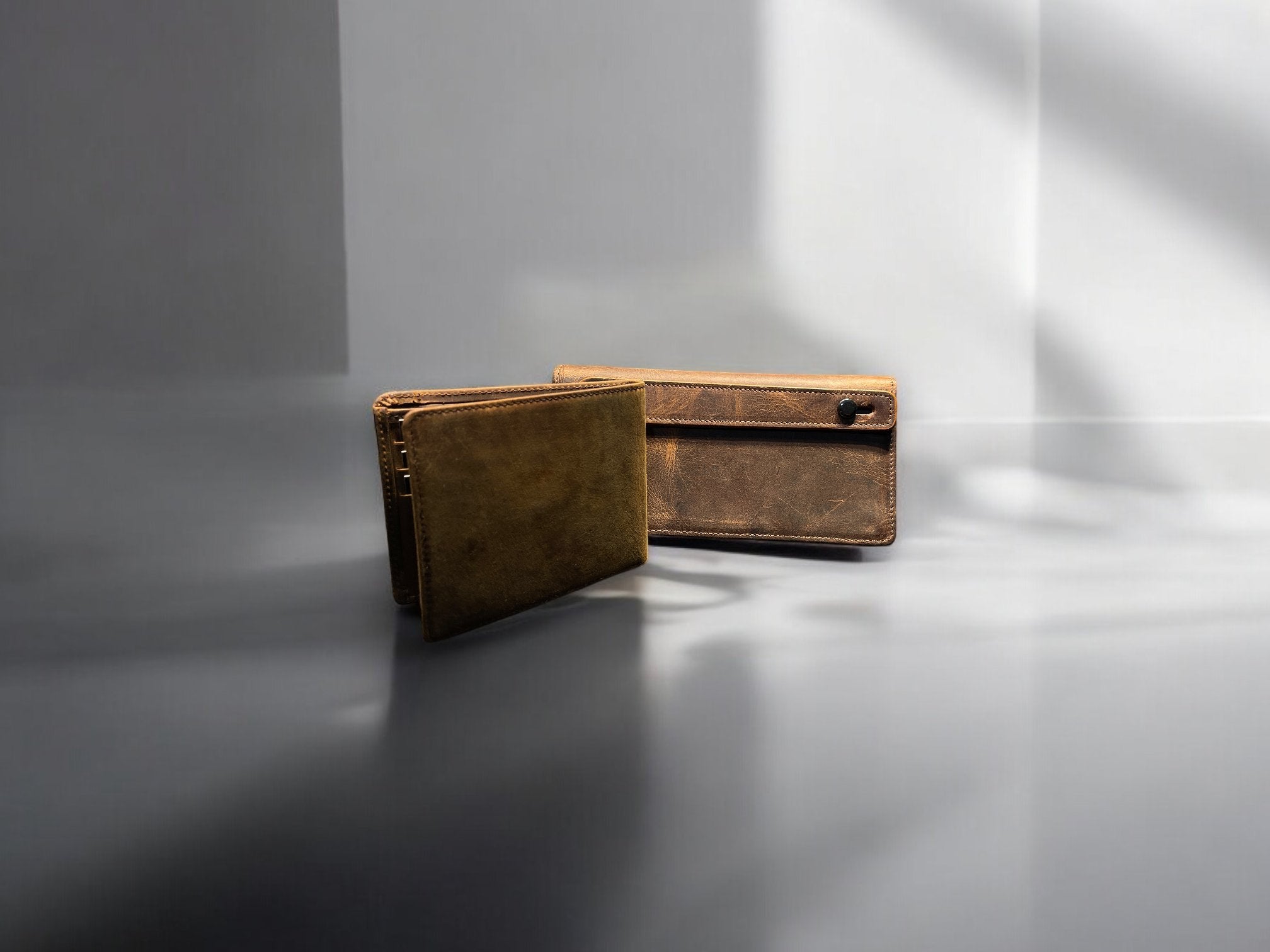
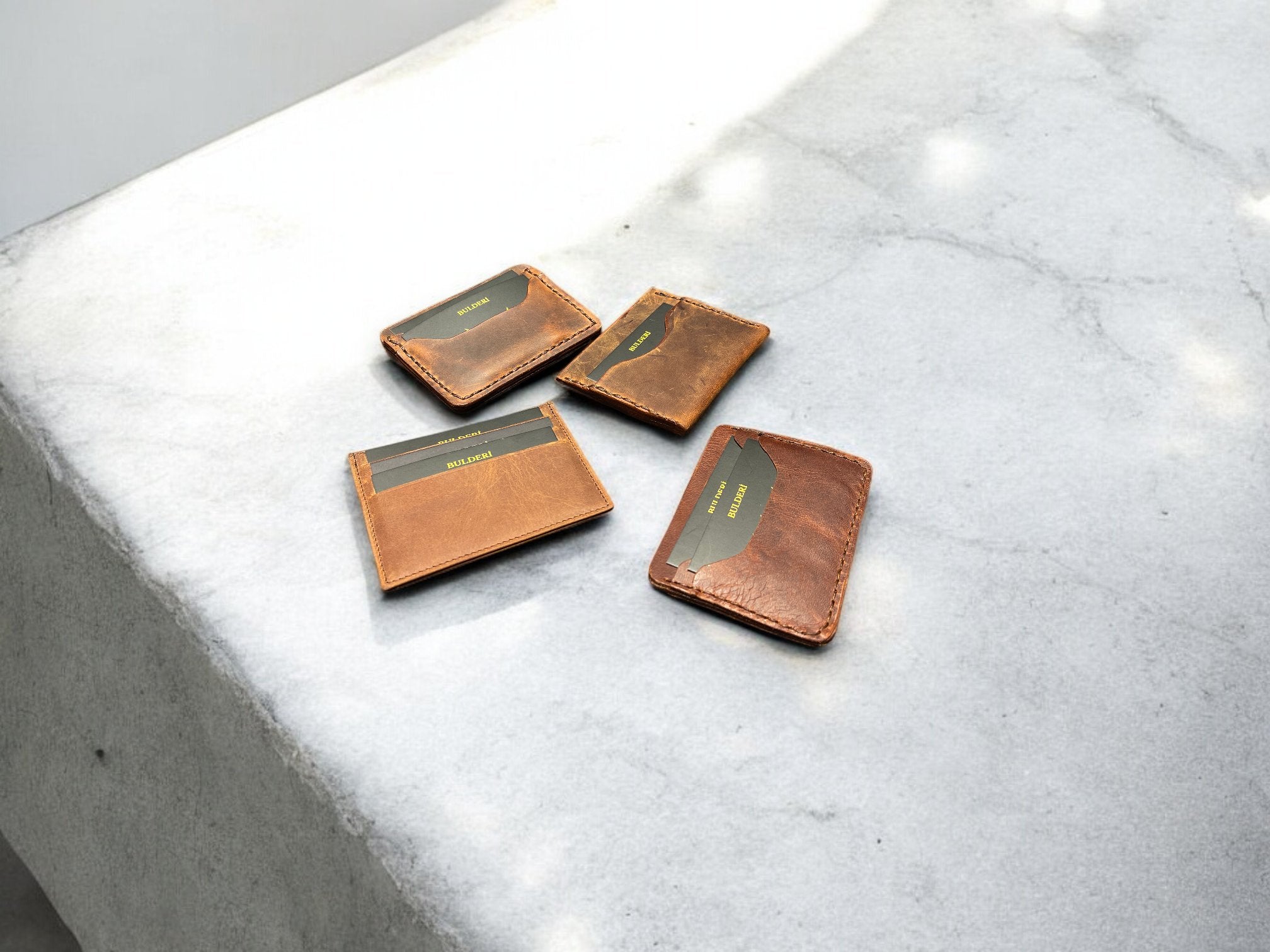
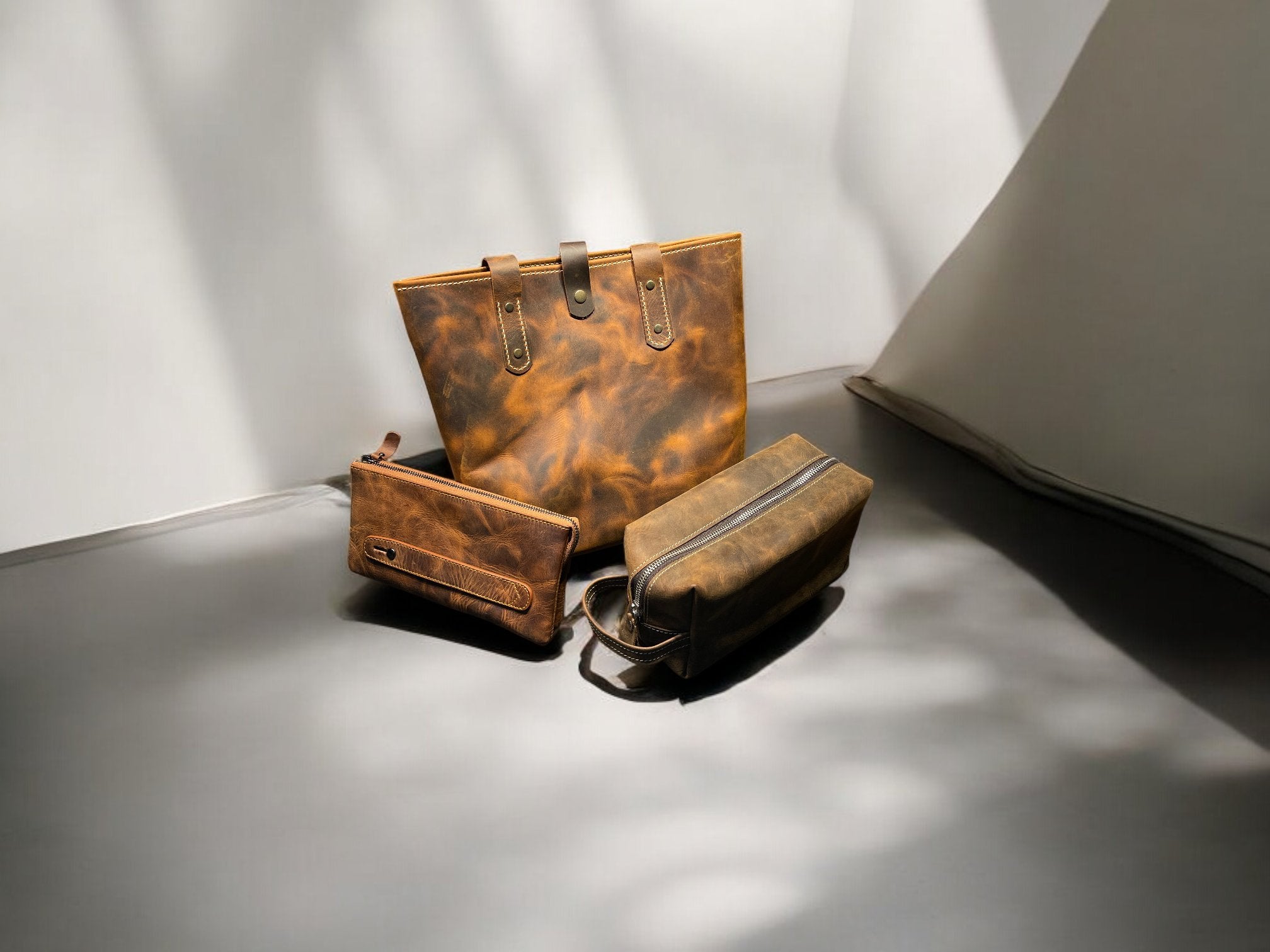



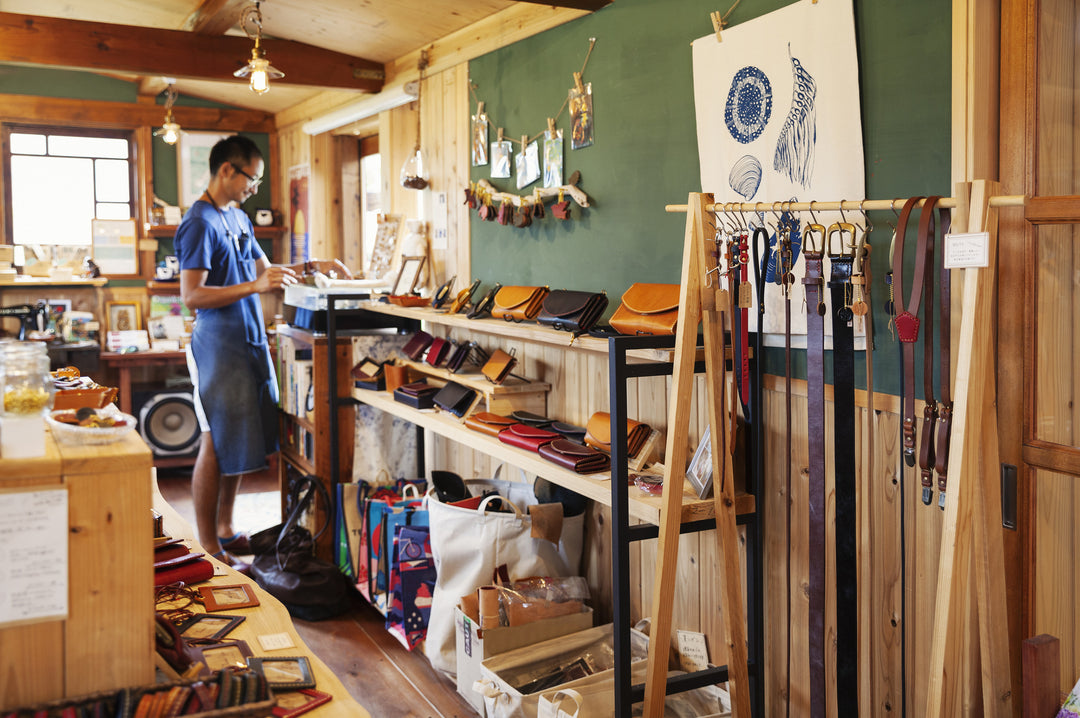
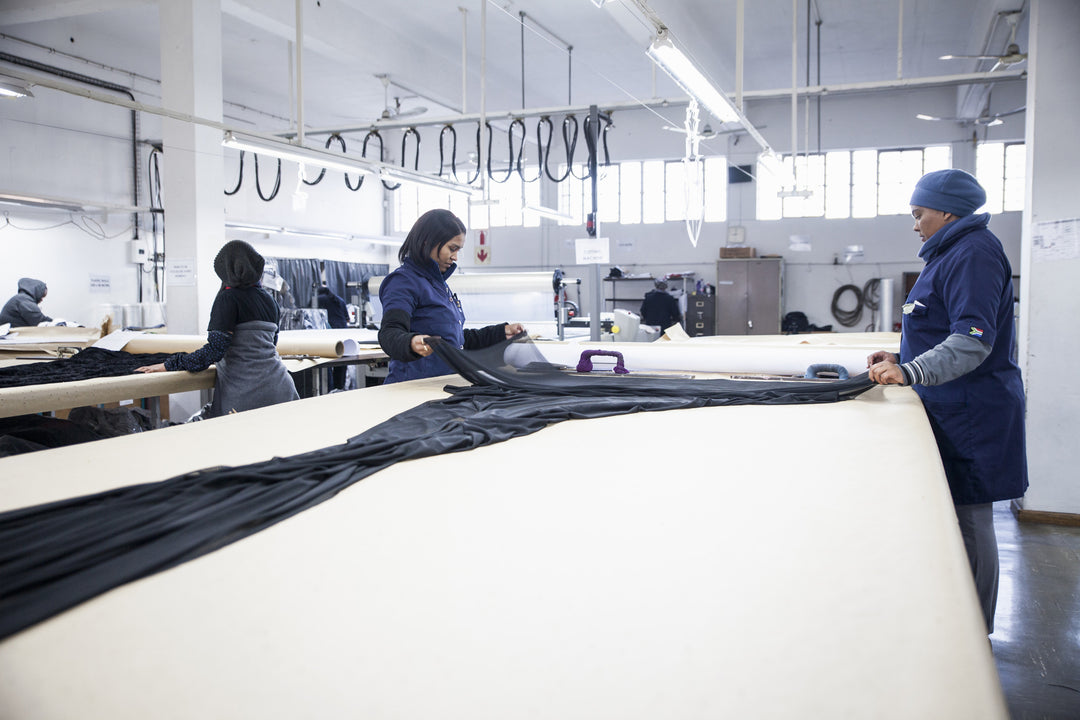
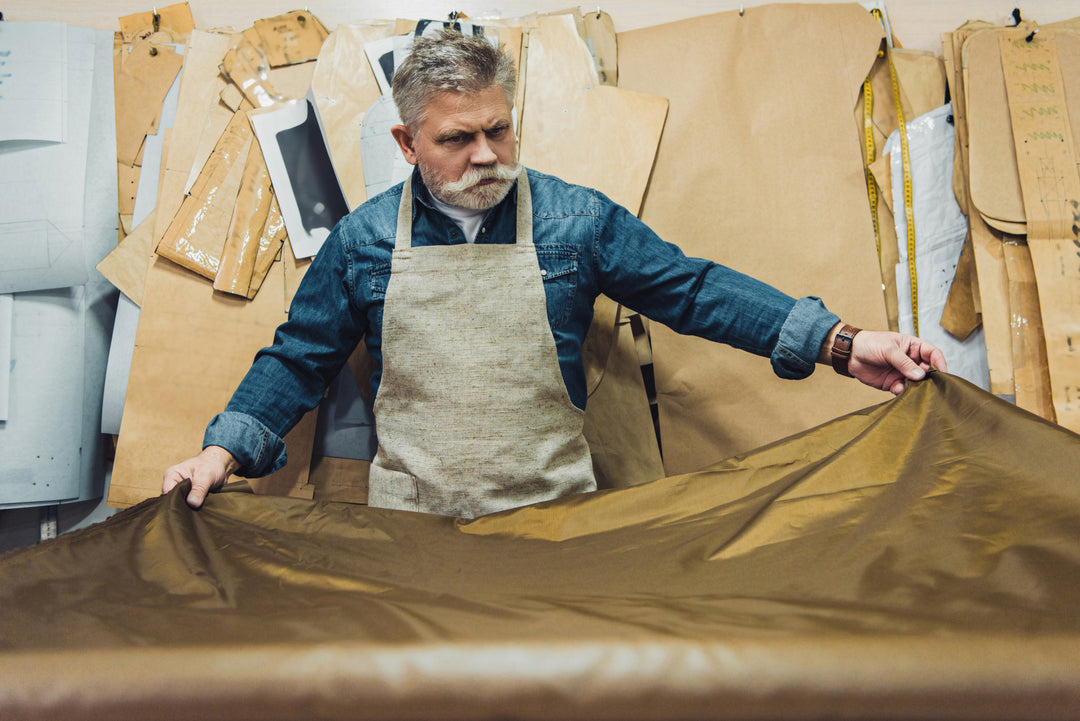
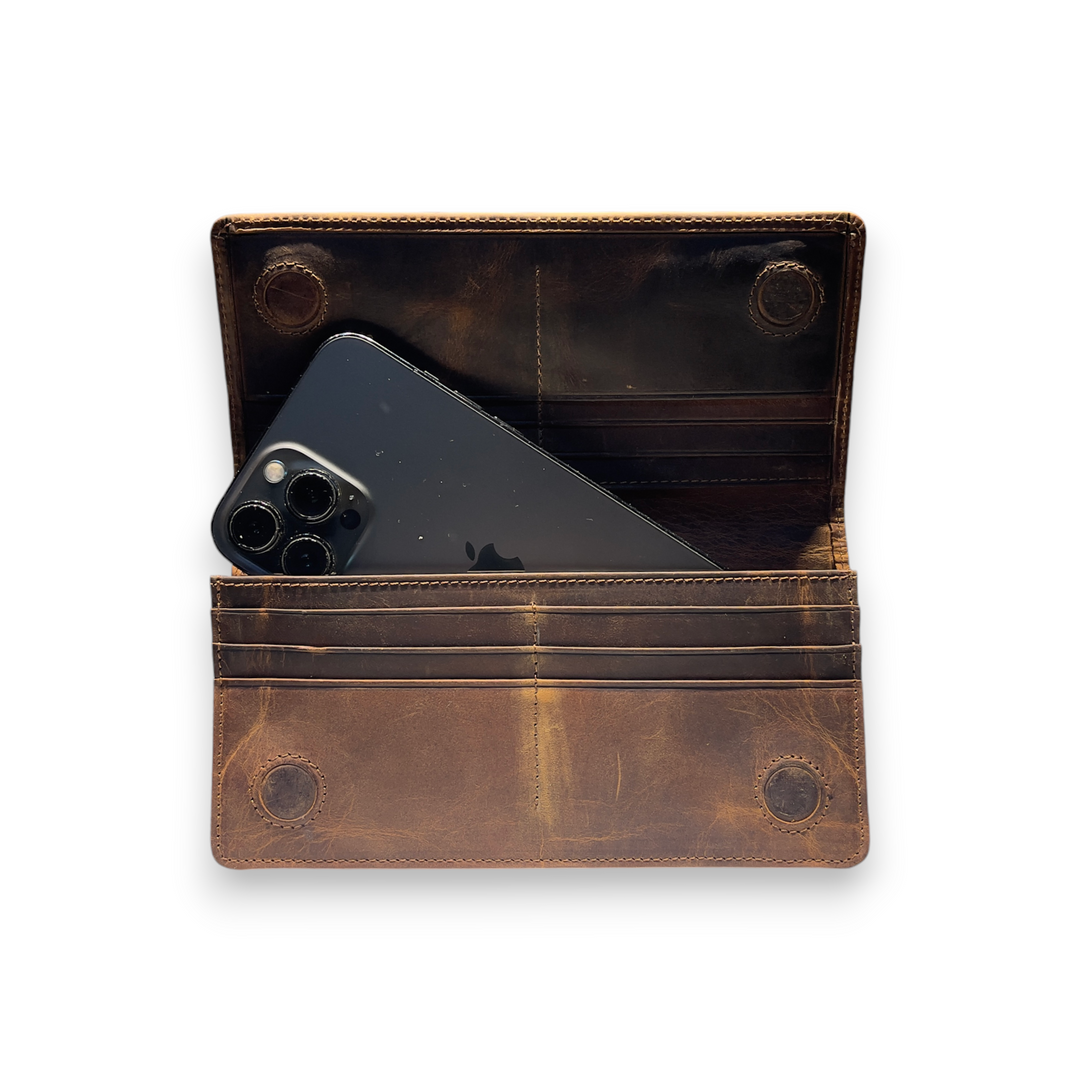
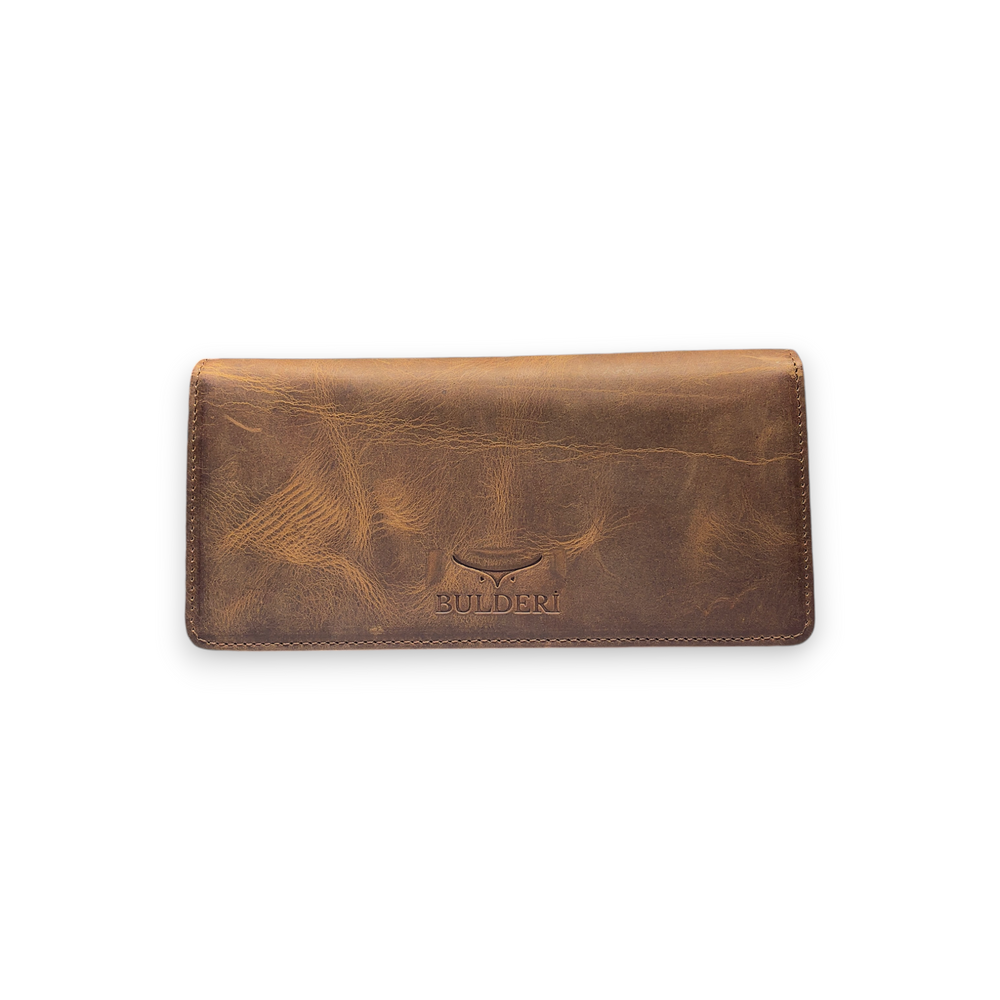
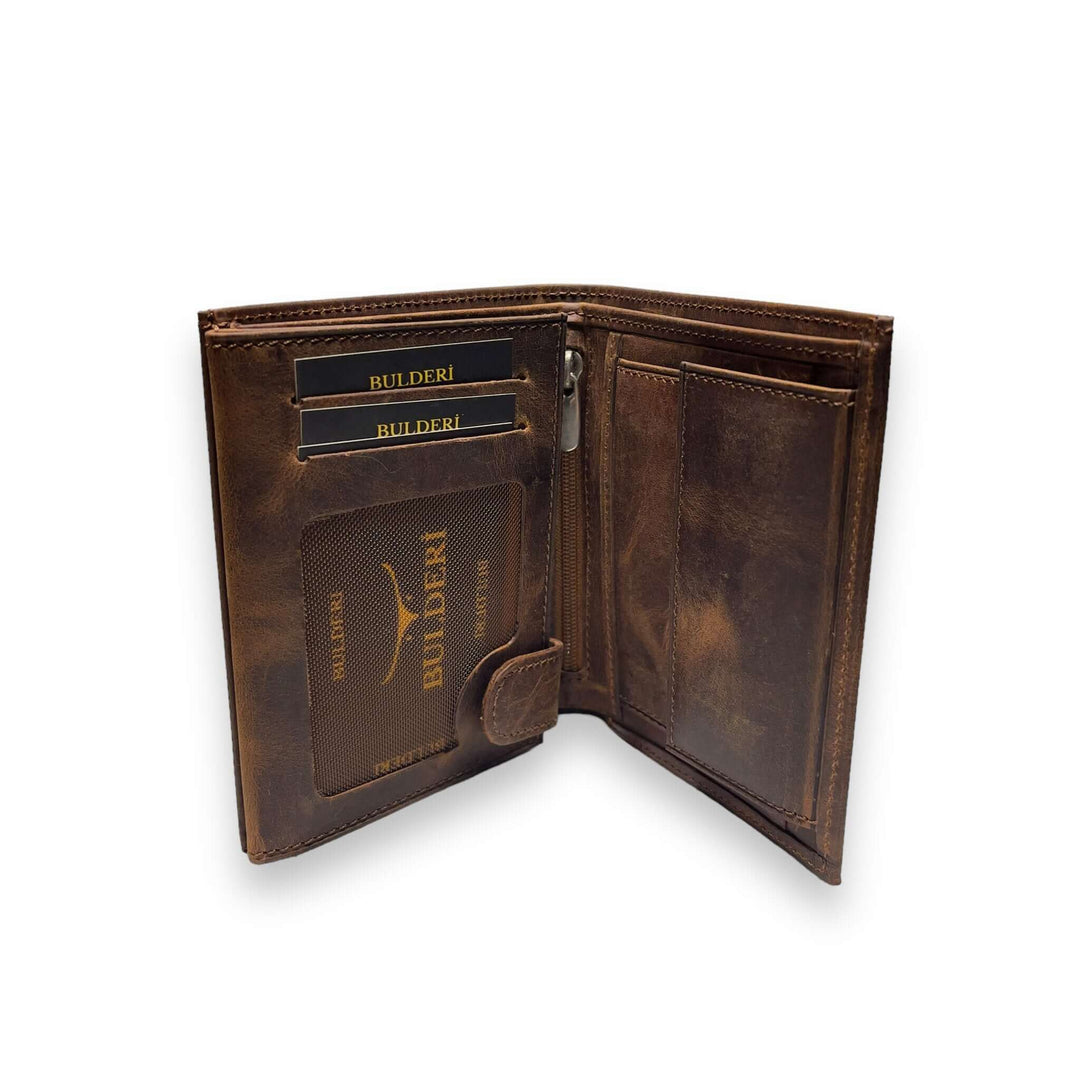
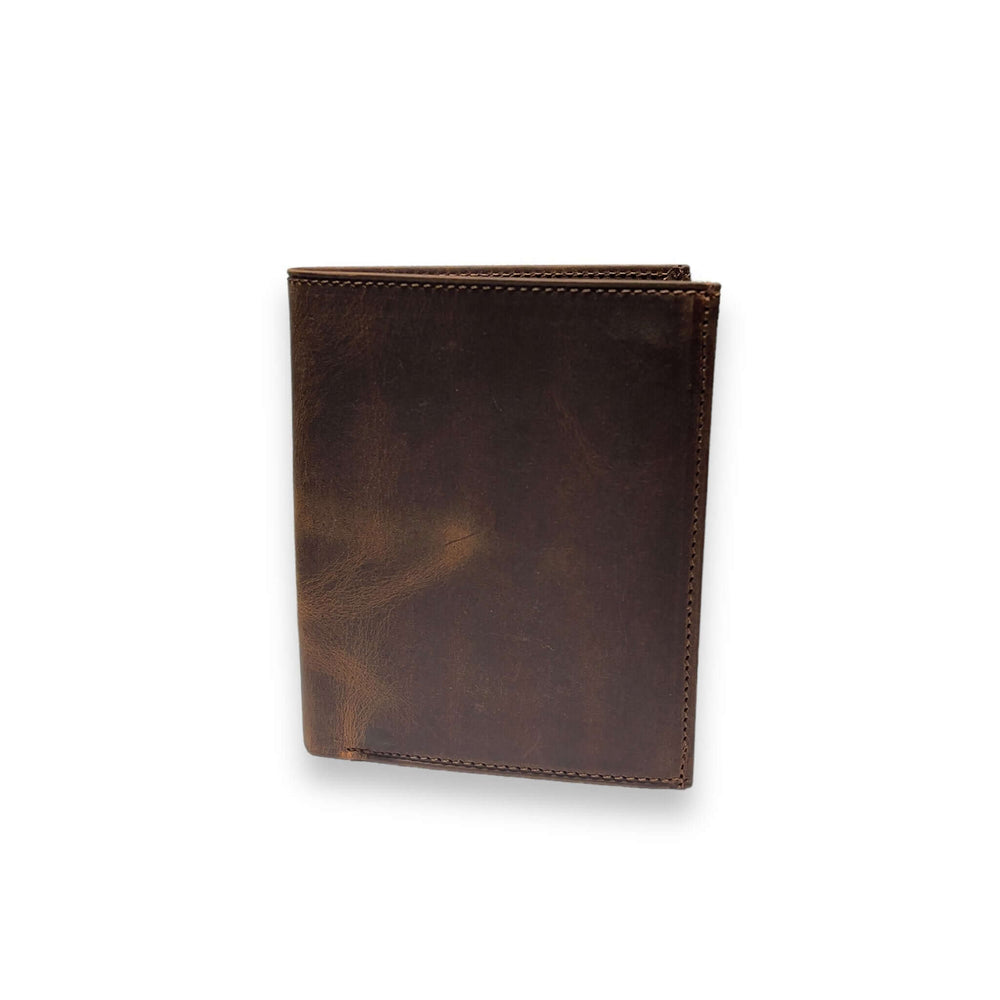
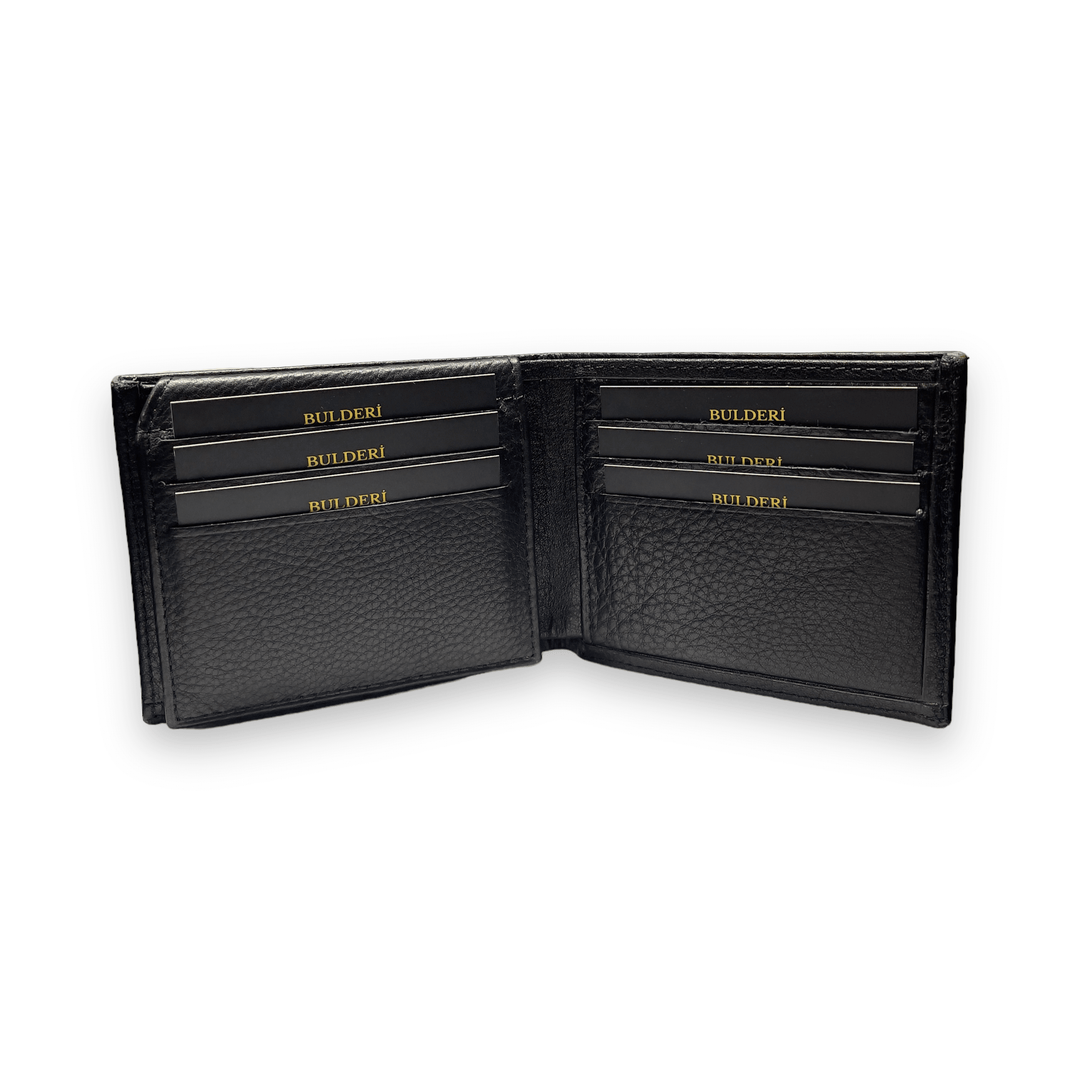
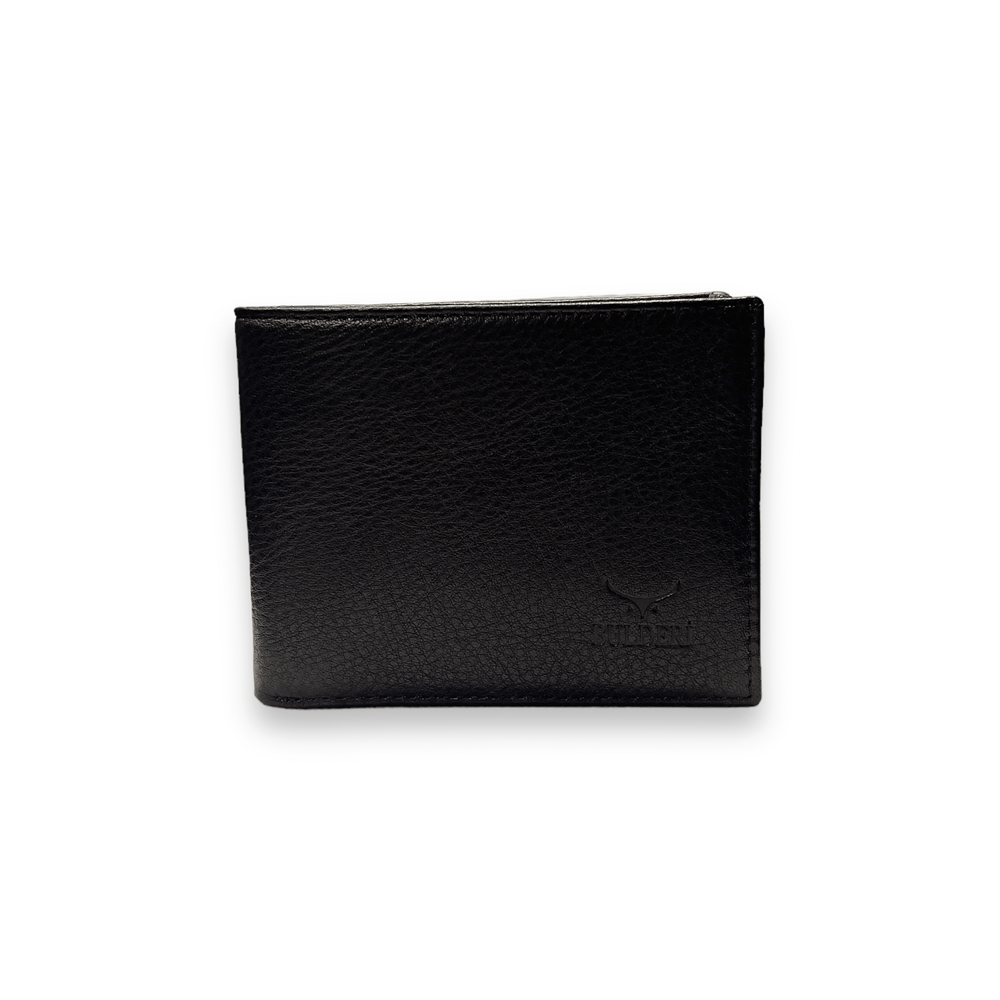
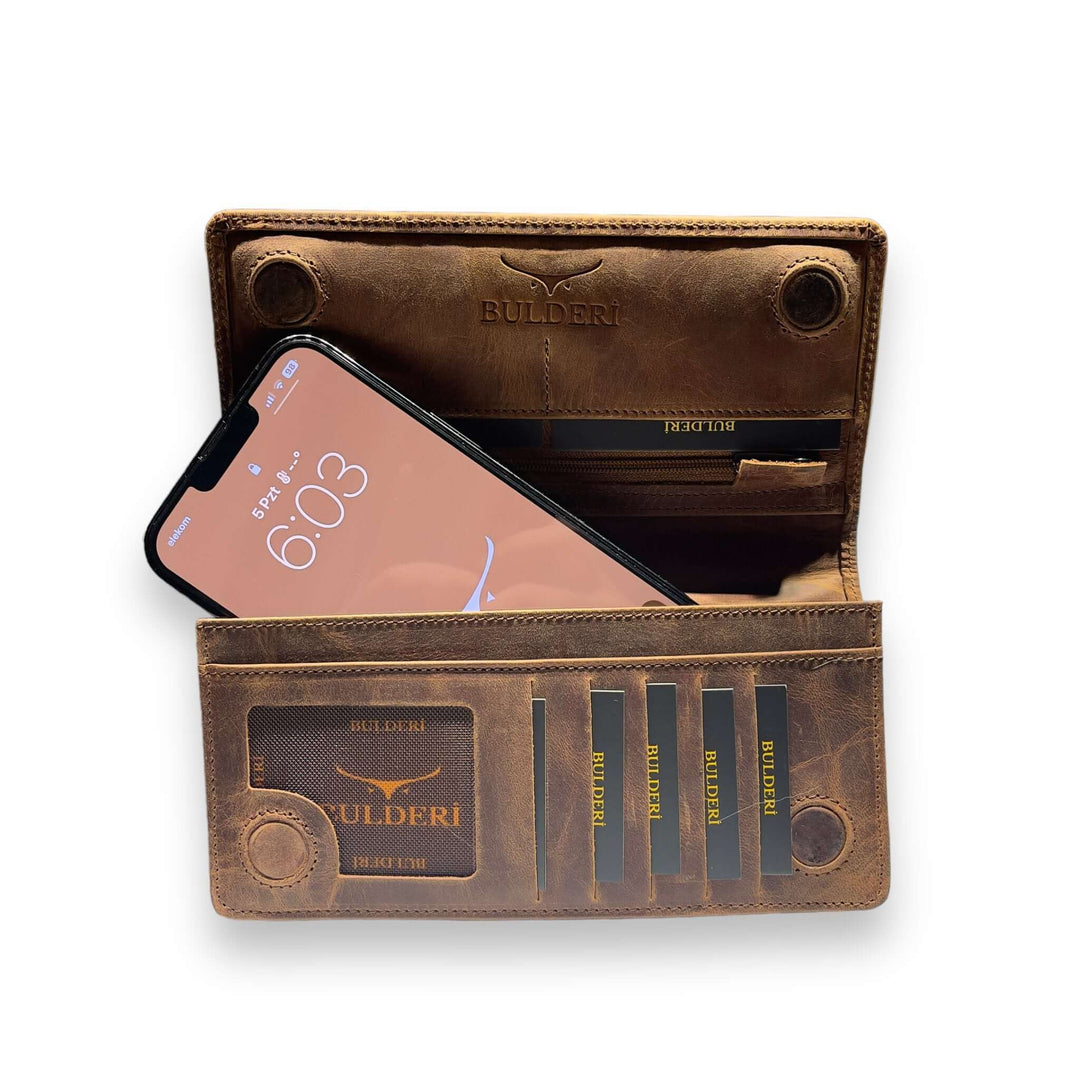
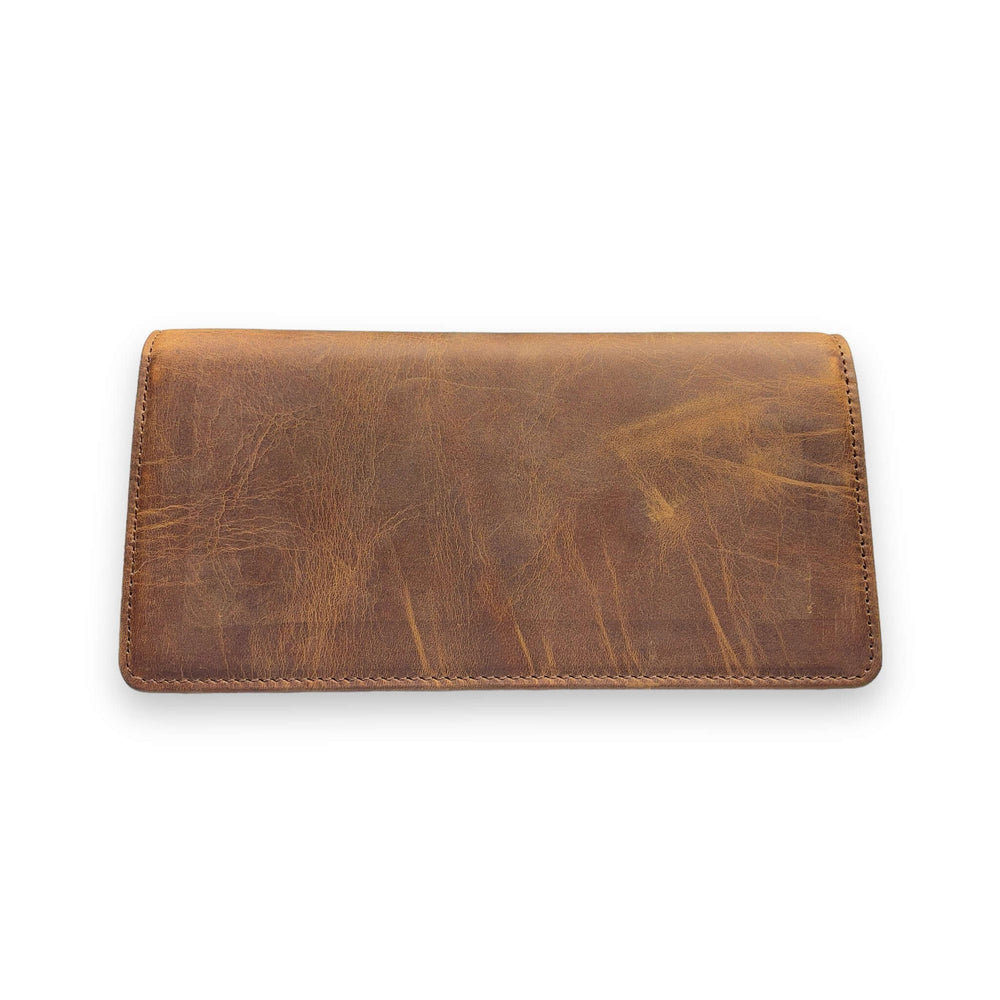
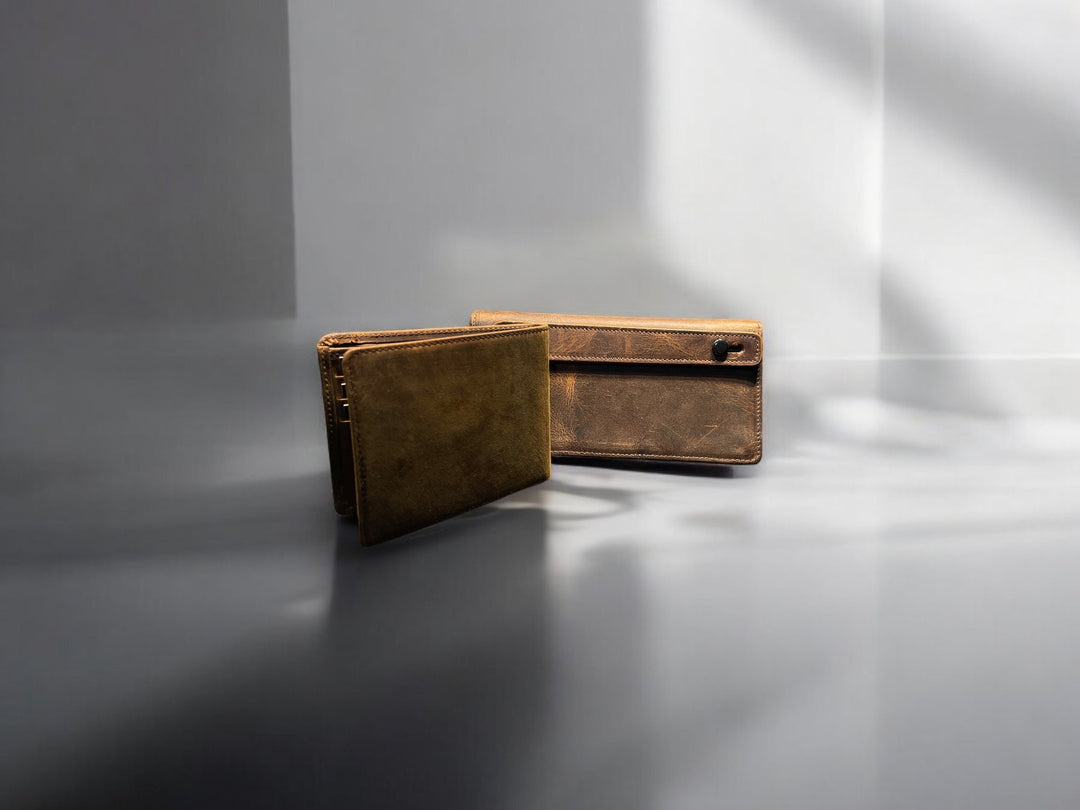
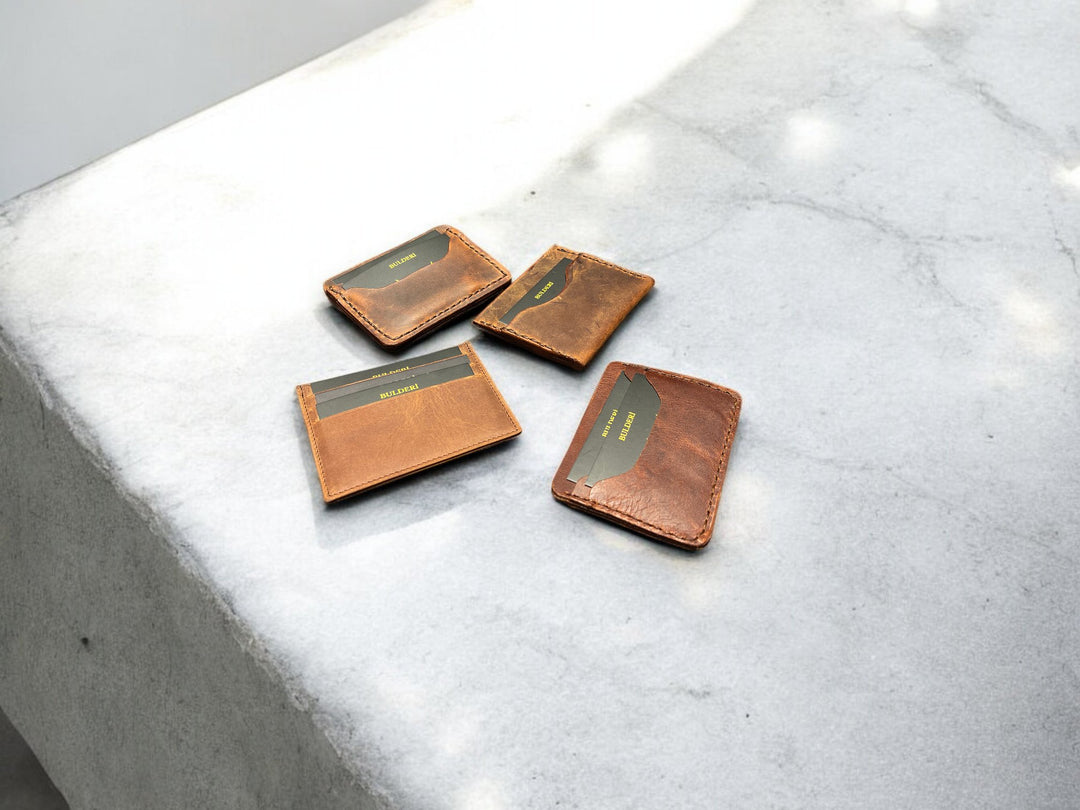
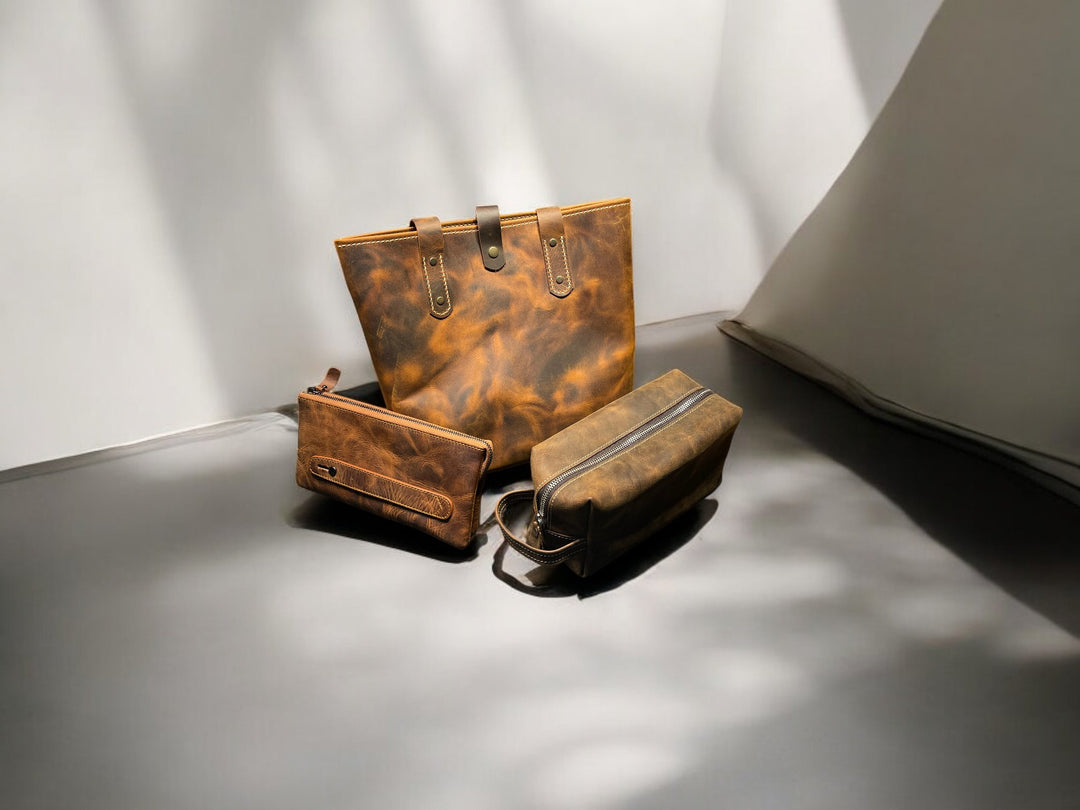
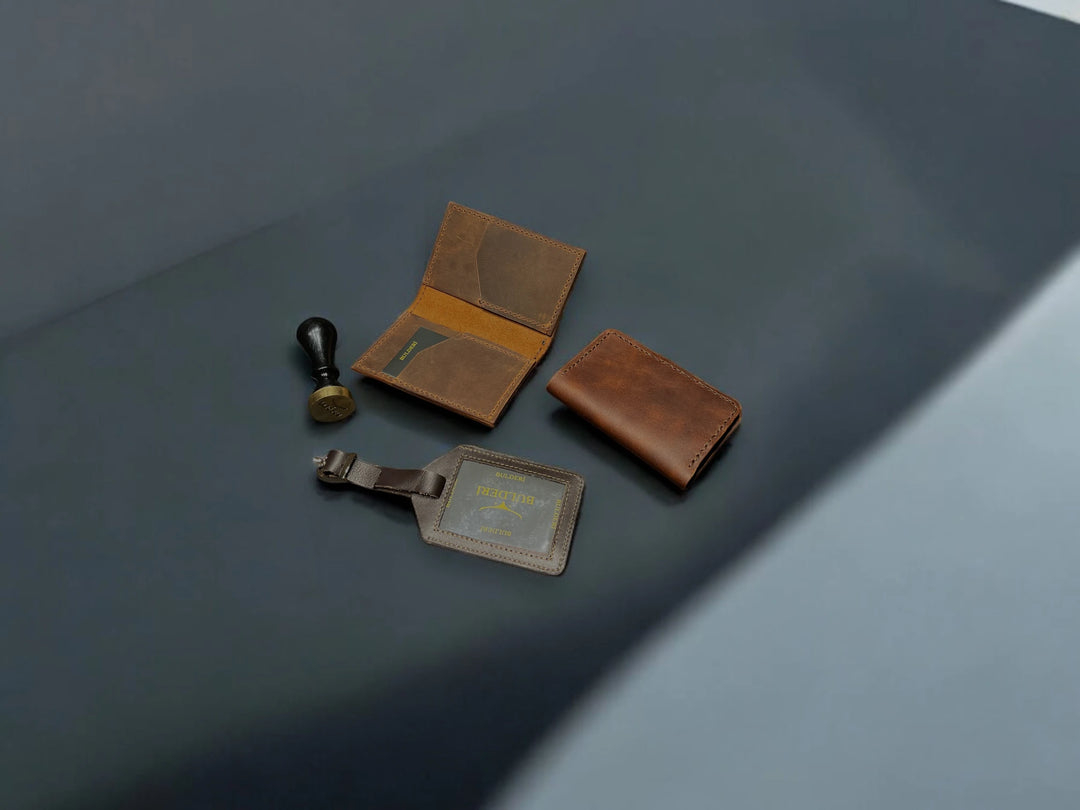
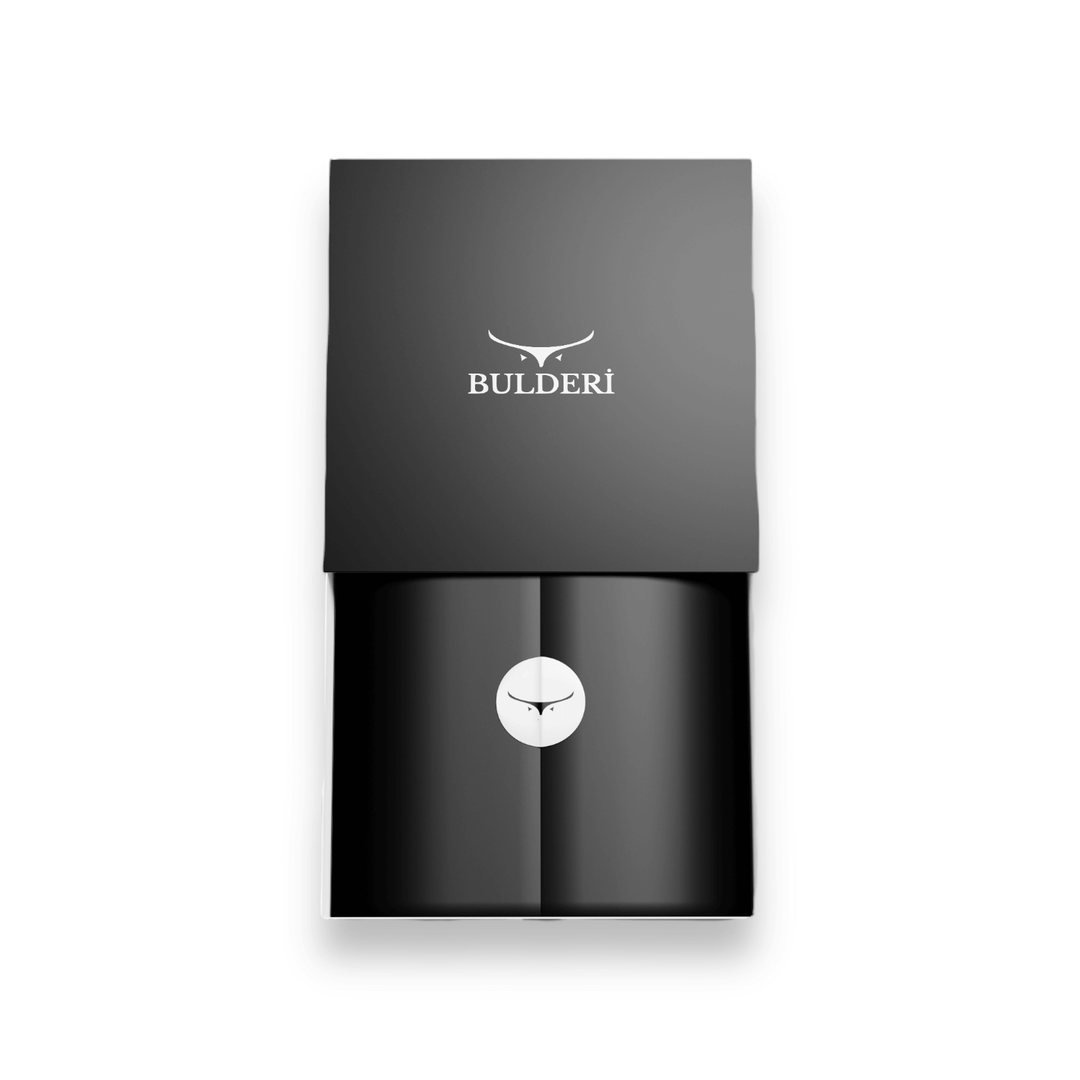
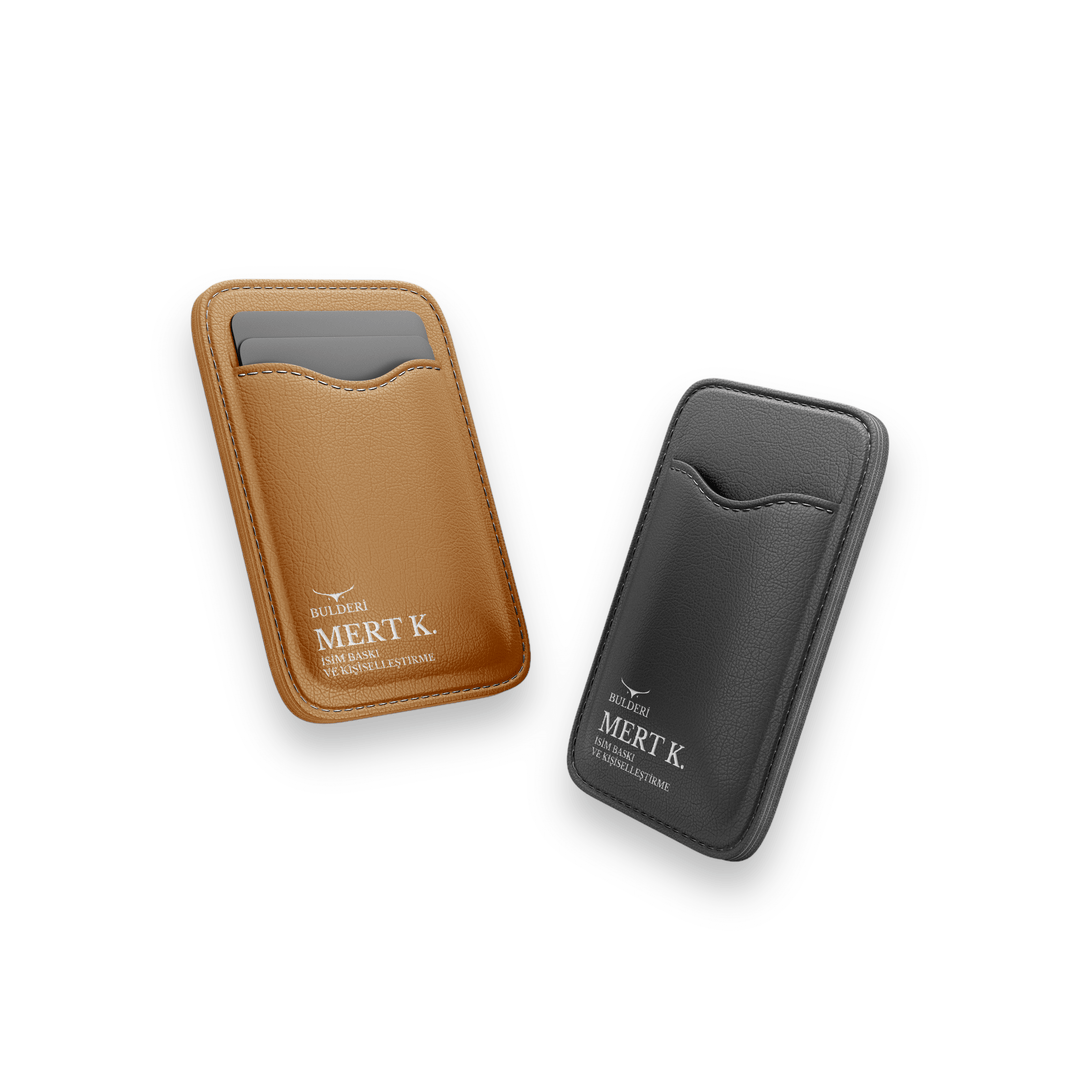
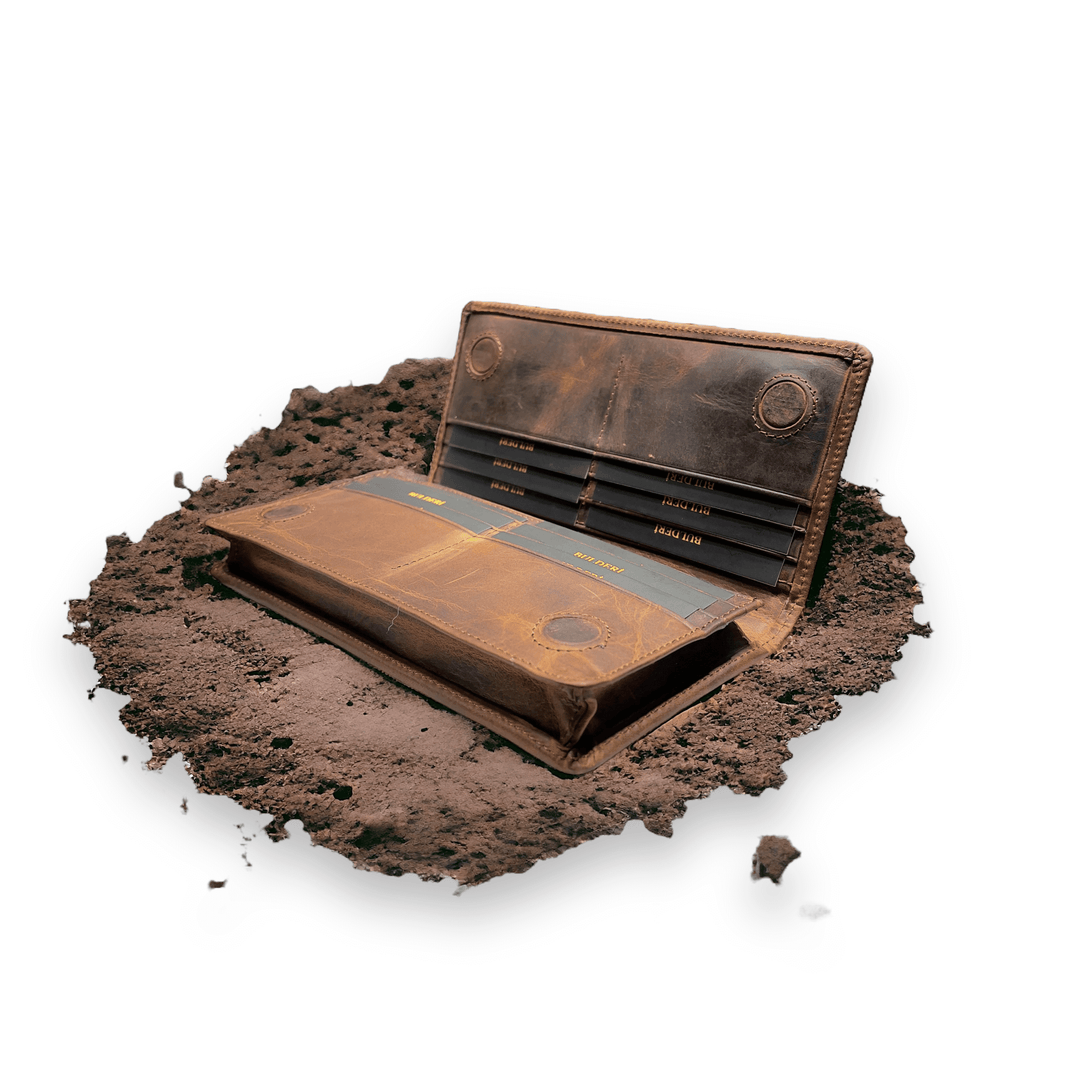
Leave a comment